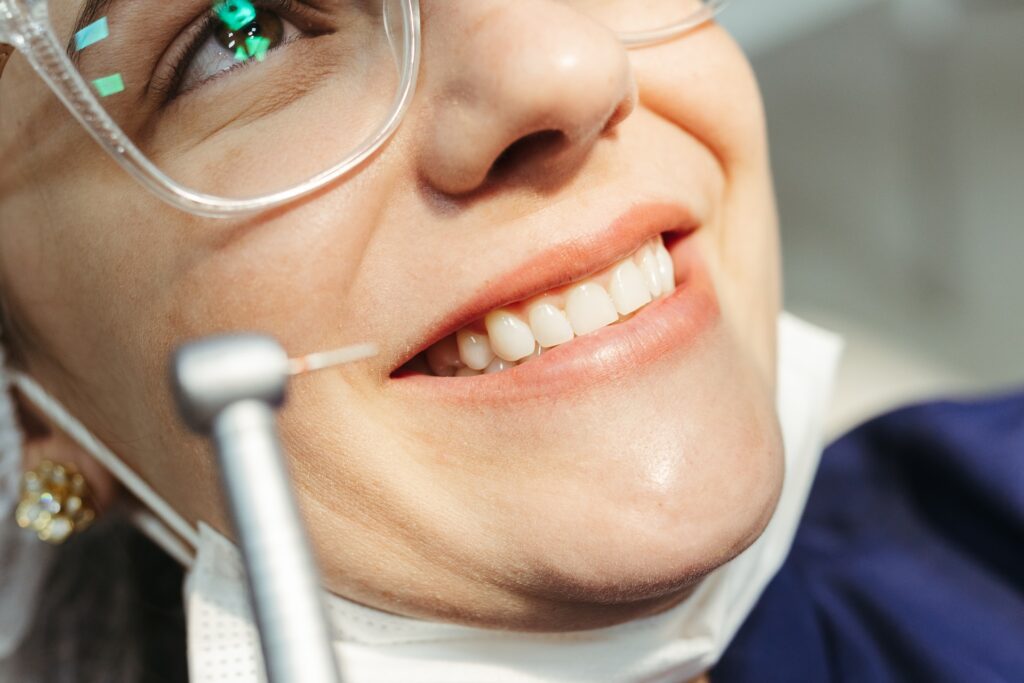A visit to the dentist often evokes feelings of apprehension and anxiety, especially when it comes to complex procedures like bone grafting. However, understanding the importance and benefits of bone grafts in dentistry can help alleviate these concerns. This article will provide a comprehensive insight into bone grafts, their uses, the different types, and the recovery process.
What Is a Bone Graft?
Bone grafting is a surgical technique that involves replacing the lost bone with material from the patient’s body or using artificial, synthetic, or natural substitutes. This process is possible because bone tissue can fully regenerate if given enough space to grow.
As the natural bone develops, it usually replaces the graft material entirely, resulting in a fully integrated area of new bone. Bone grafts serve as a filler and scaffold to support bone formation and encourage wound healing.
These grafts are absorbable and do not cause any antigen-antibody reactions. They also function as a mineral reservoir, stimulating new bone growth. Dental implants are the most common application of bone grafting, used to restore the area where a tooth is missing.
Bone grafts can be used in block form (taken from areas such as the chin or lower jaw) or as particles, allowing for better adaptation to the area being treated. Grafted, vascularized fibulas have been utilized to repair long bones in limbs affected by congenital defects or to replace bone sections damaged by trauma or cancerous tumors.
When a bone graft is harvested, the periosteum and nutrient artery are generally removed along with the bone piece to keep the graft alive and promote growth when transplanted into a new location. Once the transplanted bone is secured in its new place, it typically restores the blood supply to the attached bone.
Why Are Bone Grafts Needed in Dentistry?
There are several reasons why your dentist may recommend a bone graft, including:
1. Insufficient Bone Density for Dental Implants
Dental implants are an excellent solution for missing teeth, but they require a sufficient amount of healthy jawbone to support the implant. If you have experienced bone loss due to tooth extraction or gum disease, a bone graft may be necessary to provide a stable foundation for the implant.
2. Prevention of Bone Resorption after Tooth Extraction
After a tooth extraction, the surrounding bone may gradually deteriorate, leading to a condition called bone resorption. This can result in an unstable foundation for adjacent teeth and a sunken appearance on the face. A bone graft can help prevent bone resorption by stimulating the growth of new bone in the extraction site.
3. Treatment of Periodontal Disease
Periodontal disease, also known as gum disease, can cause significant damage to the jawbone and supporting structures of the teeth. A bone graft can help regenerate lost bone and stabilize loose teeth, improving overall oral health.
Types of Bone Grafts
There are several types of bone grafts that your dentist may consider, depending on your specific needs. These include:
1. Autograft
An autograft involves using bone sourced from the patient’s own body, usually from the chin, hip, or another part of the jaw. This type of graft has the advantage of containing living cells that can help promote bone growth and integration, but it also requires an additional surgical site.
2. Allograft
An allograft uses bone from a human donor, typically sourced from a tissue bank. This eliminates the need for a second surgical site and can provide a large amount of bone material for extensive grafting. However, there may be a slightly increased risk of infection or rejection compared to an autograft.
3. Xenograft
A xenograft comes from an animal source, usually a cow. The animal bone is processed and sterilized to ensure that it is safe for human use. This type of graft does not require a second surgical site, but the rate of new bone growth may be slower than with an autograft or allograft.
4. Alloplast
An alloplast is a synthetic bone graft made from biocompatible materials, such as hydroxyapatite or calcium phosphate. These materials can mimic the structure of natural bone and promote bone growth. Alloplasts do not require a second surgical site and pose no risk of disease transmission.
Conclusion
Bone grafting is a vital technique in dentistry, utilized to regenerate lost bone and provide a stable foundation for dental implants. Understanding the need for bone grafts and the types available can help alleviate anxiety and apprehension associated with dental procedures involving bone grafting. With this knowledge, patients can make informed decisions about their dental health and work with their dentists to achieve optimal outcomes.
In case you require a dentist in Chelmsford, feel free to reach out to Chelmsford Dental Specialists Group. We are a prominent family dental clinic catering to the needs of the Central Massachusetts region. Prioritize your oral and dental well-being by scheduling a visit with us today.



